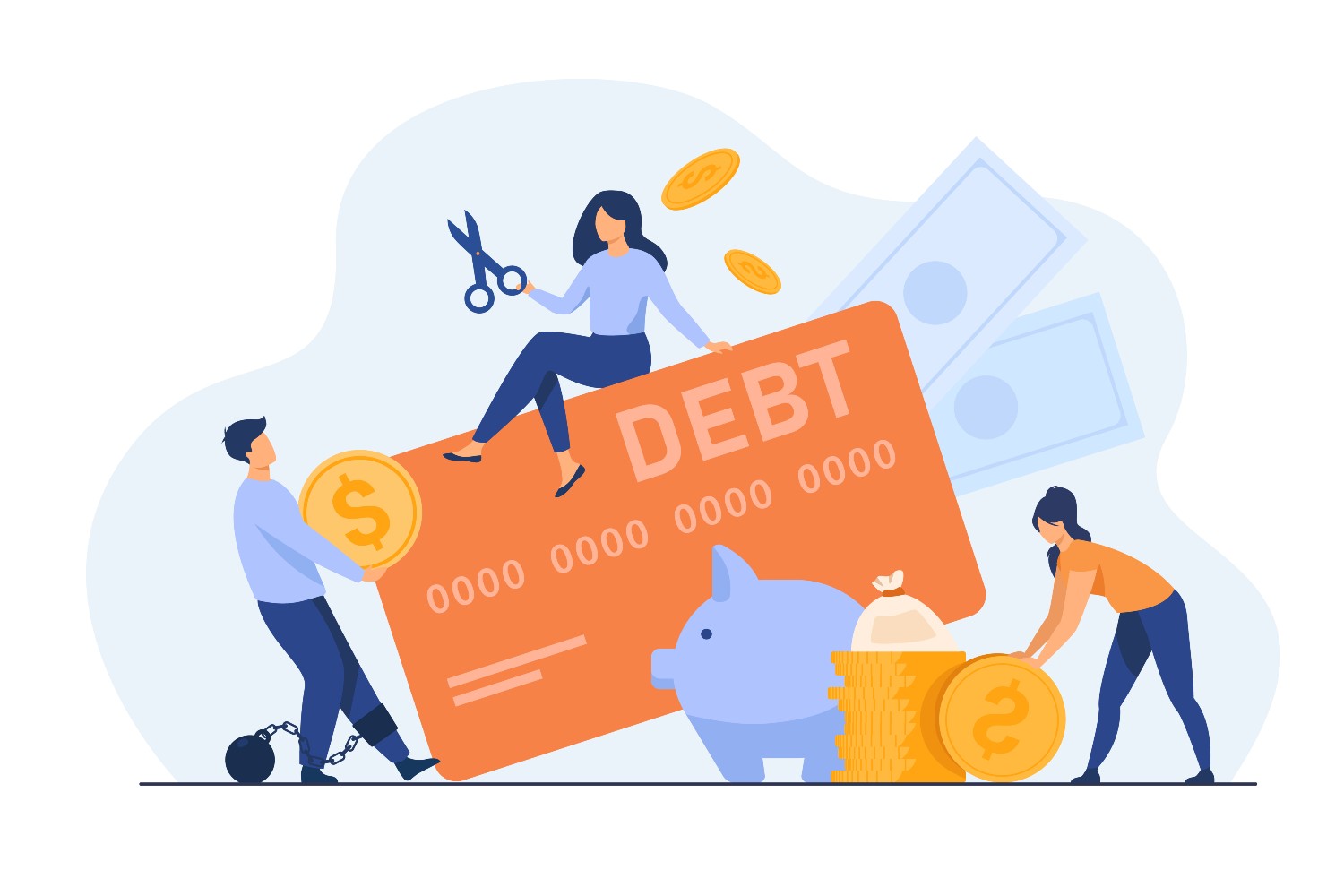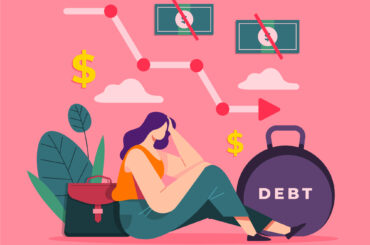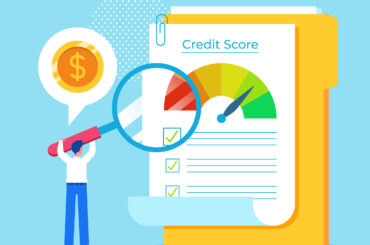Carrying credit card debt can feel incredibly stressful and overwhelming. With high interest rates, balances can quickly spiral out of control, leaving you feeling trapped. Understanding how interest works on credit cards can help you see why paying off your debt quickly is so important.
How Credit Card Interest Works
When you carry a balance on your credit card, the credit card company charges interest on the amount owed. Interest rates on credit cards in Canada typically range from about 18% to as high as 29% annually. If you only pay the minimum required each month, interest quickly accumulates, increasing the total amount you owe. Essentially, the longer you take to pay off your balance, the more you end up paying in interest, making your debt harder to eliminate over time.
But the good news is, with the right strategies, you can quickly break free from credit card debt and reclaim your financial freedom. If you’re unsure how to start setting your financial priorities, check out How to Set Financial Goals You Can Actually Achieve: A Guide for Canadians.
1. Get Clear About Your Debt
Start by gathering all your credit card statements and clearly list:
- The balance on each card
- Interest rates you’re paying
- Minimum payments required
- Due dates for each card
Knowing exactly where you stand is essential for building an effective repayment plan.
2. Tackle the Highest Interest Rates First (Avalanche Method)
The Avalanche method means focusing your payments on the credit card with the highest interest rate first. Pay as much as possible towards that card, while keeping up with the minimum payments on your other cards. Once the highest-interest debt is cleared, move onto the next highest. This approach saves you money on interest and speeds up your debt repayment significantly.
3. Consider Debt Consolidation
Debt consolidation involves combining multiple credit card balances into a single, lower-interest loan or balance-transfer card. Many Canadian banks and credit unions offer consolidation loans or promotional balance-transfer cards with rates as low as 0% to 3% for 6 to 12 months. Simplifying your debts can make repayment much easier and save you money on interest.
4. Try the Debt Snowball Method
The Snowball method, popularized by financial guru Dave Ramsey, suggests paying off your smallest debts first, regardless of interest rates. This gives you quick wins, building momentum and motivation as you tackle larger debts. It’s particularly useful if you need that extra push to stay committed.
5. Pay More Than the Minimum
Always try to pay more than the minimum required each month. Minimum payments barely reduce your balance, mostly just covering interest. Even adding an extra $50 per payment can dramatically shorten your repayment timeline and lower your interest costs.
6. Negotiate Your Interest Rates
Don’t be afraid to call your credit card company and request a lower interest rate. Canadian companies often agree to reductions, especially if you’ve been a reliable customer and clearly express your intention to pay off your balance.
7. Put Extra Cash Towards Your Debt
Use any extra income, such as tax refunds, bonuses, or unexpected windfalls to pay down debt faster. Canadians typically see tax refunds between March and May. Strategically using this money toward debt repayment can make a big difference in your financial journey.
8. Create a Simple Budget
A straightforward budget can help you track expenses and find ways to cut back temporarily on non-essential spending. If you haven’t created a budget yet, start by reading Budgeting 101: How to Create a Budget That Works for Canadians.
9. Seek Help from a Credit Counselor
If managing your debt feels too overwhelming, don’t hesitate to seek help. Canadian organizations like Credit Canada or the Credit Counselling Society offer free consultations and practical advice to help you manage and overcome credit card debt.
10. Avoid Adding More Debt
While working on debt repayment, avoid using your credit cards. Temporarily switching to cash or debit can help break the cycle of accumulating more debt and reinforce better spending habits.
Final Thoughts
Paying off credit card debt fast is achievable with the right approach and consistency. Whether you choose the Avalanche method, the Snowball method, or consolidation, the key is staying committed. Use these realistic tips specifically crafted for Canadians, and you’ll soon experience the relief of being debt-free.



